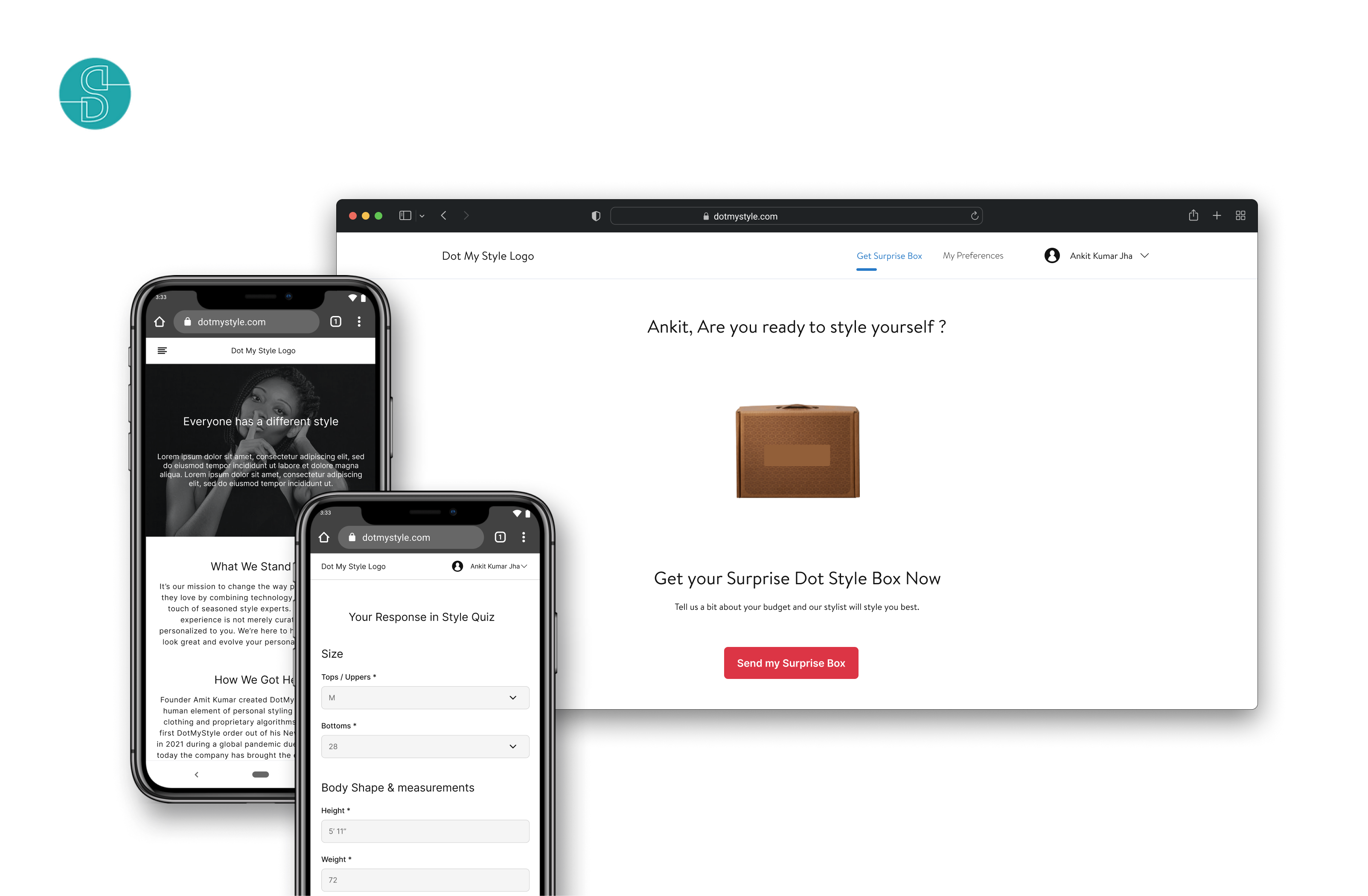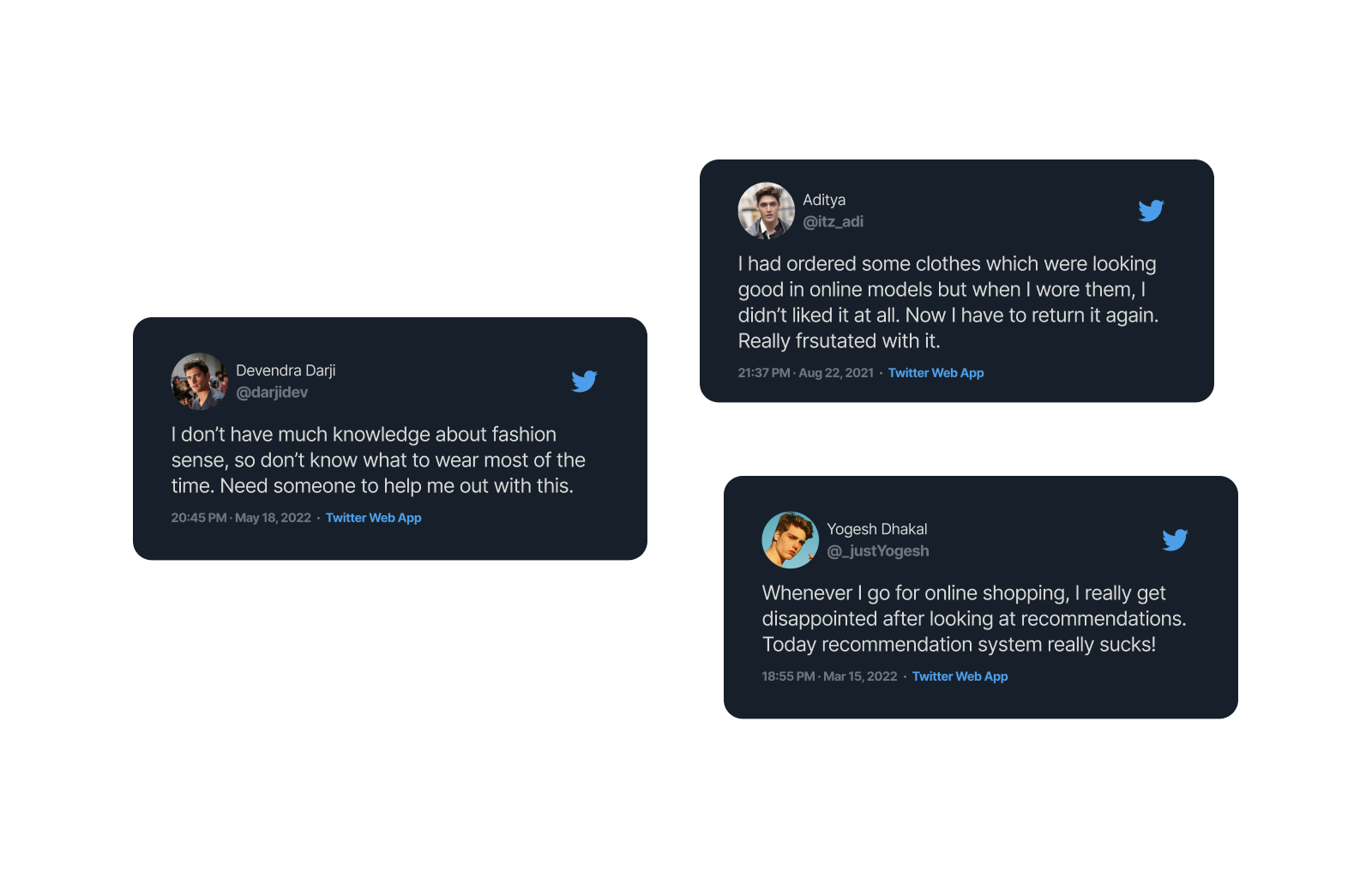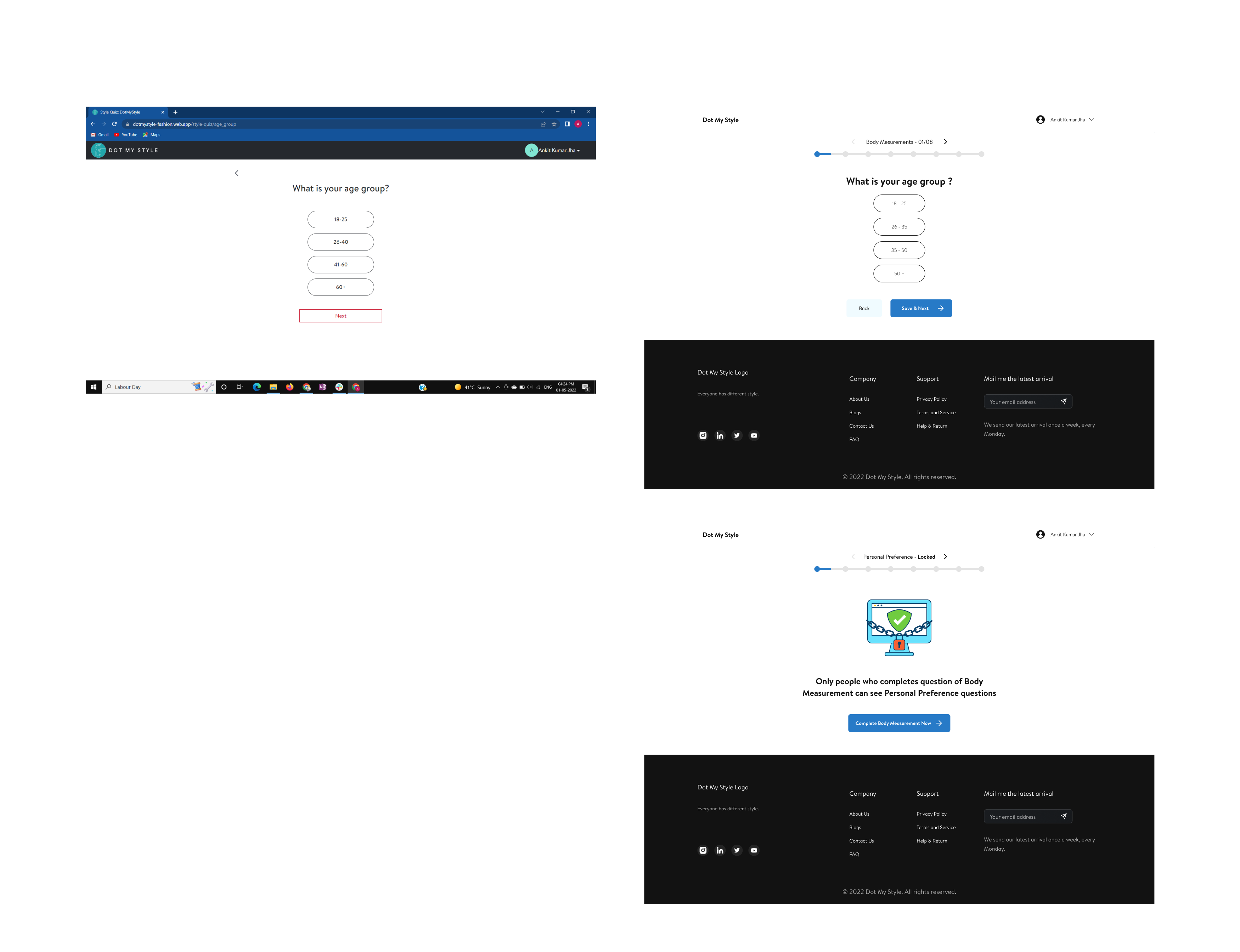
Product Designer
2021
Dot my style's goal is to provide a personalized fashion experience that is both enjoyable and narratively engaging for users. However, their current website falls short in delivering a satisfying and straightforward purchasing experience, resulting in low engagement and limited sales.
To solve this issue, I improved their products and services in order to generate better engagement and boost their sales. I used gamification techniques and made changes in the user interface to make the product more stand out. I followed Lean Design Process and iterate my designs over time focusing on providing detail oriented designs.
Have you ever experienced the frustration of browsing a clothing website only to find yourself lost in a sea of confusing options and cluttered layouts? Dot my style saw the same problem and decided to take action. They set out to create a platform that would not only provide an enjoyable shopping experience but also tell a story through personalized fashion choices. With the help of fashion designer and use of AI, they provide very customized clothes to the users as per their preferences. However, after conducting thorough observations, the team at Dot my style discovered that their current website fell short of their vision. The purchasing process was far from simple and the products and services were unclear to potential customers. So needed new deign on the product with a motivation to gain userbase as well as they needed a way to increase user's engagement as well.
I was not involved with the research process as it has been completed before I onboarded in the team. But they have provided me with the metrices number, from which I deduced that proper attention to the product has not been given. They even didn't market their product well that also result in less reach to users.
The company, Dot my style, has recognized that their current products and services are not meeting the needs and expectations of their clients. As a result, they are experiencing low sales and engagement with their target audience.
The company, Dot my style, has recognized that their current products and services are not meeting the needs and expectations of their clients. As a result, they are experiencing low sales and engagement with their target audience.
Lean user experience is the practise of designing with an agile, lean mindset (Lean UX). The tiniest doable steps are taken to build functionality, and the results are contrasted with a benefit hypothesis to determine success. More than just putting design components into practice and conceptualizing how consumers might interact with a system are included in lean UX design. Instead, it encourages a far wider comprehension of a feature's functioning requirements, intended use, and benefits. Lean UX provides a closed-loop system for defining and measuring value by receiving quick feedback to ascertain whether the system will actually accomplish the business goals.
In the think phase, I gathered insights on our product, platform friction, and competitor strategies by scouring e-commerce sites for user evaluations of custom apparel. Users had identified several solvable issues. I researched competitors, including Wantable and Stylenook, to identify unique selling points and determine DotMyStyle's own USPs.

.png)
.png)
After conducting our research, we tackled user and business pain points when developing the platform. To address issues such as choosing from a vast selection of clothes and lacking fashion knowledge in customers, we decided to hire a fashion designer to assist customers in selecting clothing that suits their preferences. Customers can then choose their top 5 dresses, which we will deliver to their homes. We addressed the "Trial at your doorway" issue by allowing users to try on the dresses at home and only pay for the items they decide to keep. This solution avoids relying on an AI-powered computer and streamlines the process for customers.
My focus initially was on designing the survey or quiz portion, which involved determining the appearance of the questions and options and saving everything in the back end. Using Google Forms was not feasible, so I was tasked with creating a design that could be integrated into the website's quiz section and user profiles. I had to consider the number of questions, the desired user responses, and the time required to complete the quiz. I also had to ensure that users were not overwhelmed during the process to avoid a poor customer experience. To address this, I used gamification techniques, which proved to be successful.

To prevent overwhelming consumers while completing the quiz, I used various techniques to make the section visually appealing and engaging. A success popup appears after completing both the Body Measurements and Personal Preference sections, giving users a sense of accomplishment. I also improved the design by moving the back button below the Save & Next button and removing it from the window. Additionally, I created a screen to redirect users attempting to access the personal preference page.
I tested the usability of a high-fidelity desktop prototype remotely. It was done to see how well the design flowed, how simple it was to navigate, and how well the design reflected the brand's values. Additionally, the test was run to determine whether the design addresses user wants and problems that were noted during the research stage.
A total of five people between the ages of 18 and 50 took part in the test. Each participant was required to finish the following tasks:
Here are the key points from the feedback received :
So after receiving feedback, I have altered some of my designs to improve the product after hearing this input from usability testers. So, I have now revised the checkout process designs which has been attached below.

This project has been a major success, leading to the successful launch of a business that is revolutionizing the fashion industry by providing a personalized fashion experience for customers. The innovative use of gamification in the quiz section was a key factor in knowing customer's needs & thus the company was able to provide more personalized clothes to the customers. By creating an engaging and enjoyable experience for users, we were able to capture their attention and provide them with customized clothing recommendations that met their unique needs and preferences. It resulted in an increase in customer acquisition, as well as satisfaction.